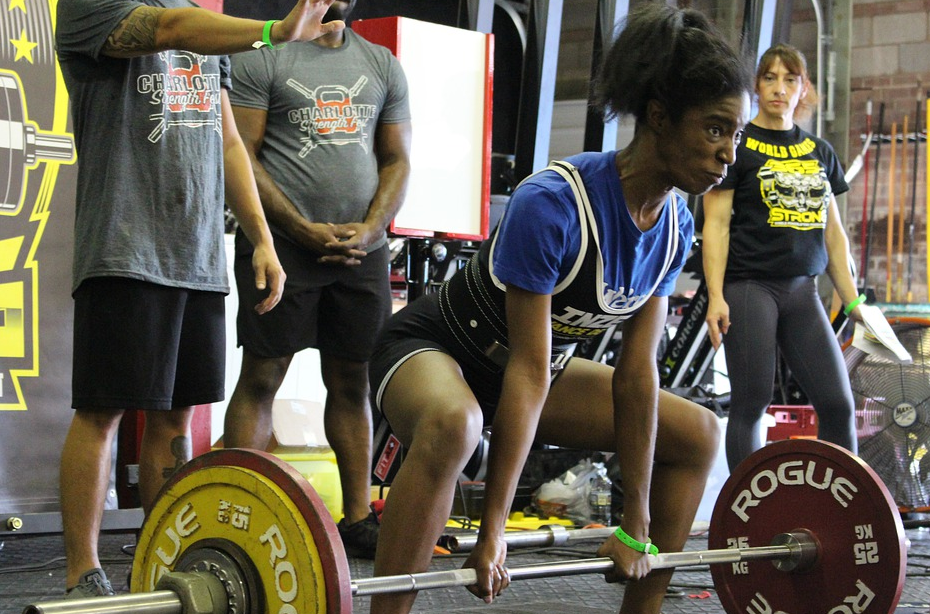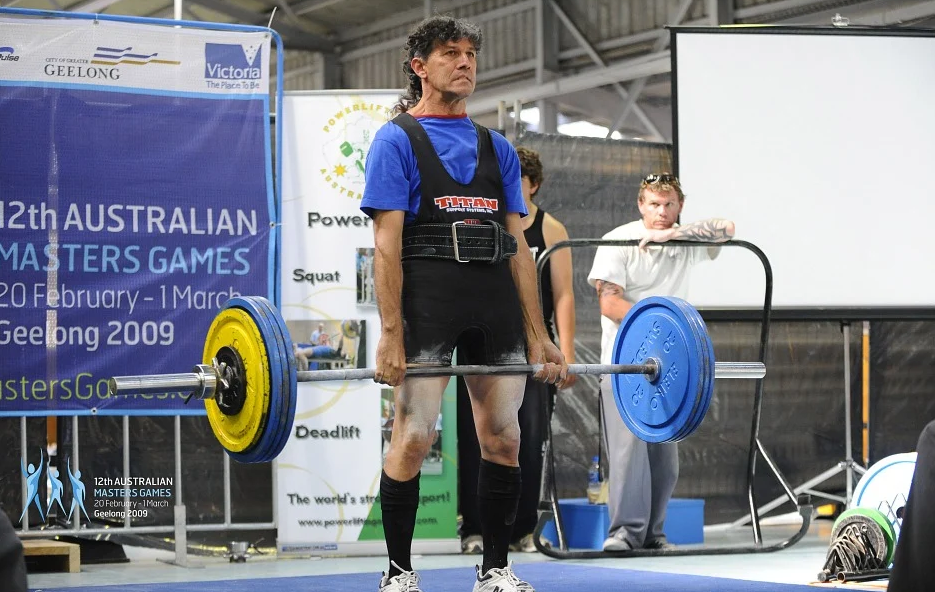The most effective and efficient in weight training process is to build lean muscle mass and, according to research, to burn fat and improve overall body strength. But many of the components come from the muscle development puzzle, and if you’re a beginner or advanced lifter, you may find it hard to keep track of all the aspects to benefit from your results.
In particular, the problem of building lean muscle on an ongoing basis may be due to insufficient muscle regulation or the way your system responds to external stimulation: instructions for weight loss. These are the very important elements you will want to control to take advantage of hypertrophy and optimize your time in and out of the gym.

Create a Foundation of Strength
Strength and hypertrophy work together to change your system and become thinner, stronger, and bigger over time. As a result, although many factors lead to muscle hypertrophy, strength training should be an integral part of your program. Creating a strong base through chemical pollutants such as squats, deadlifts, and various presses lead to faster muscle growth and add size to your structure.
Do Some Muscle Hypertrophy and Isolation Exercises
Composite movements are excellent conductors of energy and explosive energy, including the degree of muscle to affect significant areas of the body. Still, they are insufficient and exceptional enough to affect all muscle groups in the body, especially those requiring immediate work. As a general rule, isolation exercises should follow your energy work, while large upward chemical movements should be performed at the start of the workout when your strength reaches its maximum.
In both strength training and isolation training, some form of progressive overload should be used. Progressive overload can occur in three different ways: Increasing the intensity and volume of training, which controls the intensity and volume of training in this way, is critical to achieving the required overload and triggering muscle growth.
Exercise Safely and Focus on Training Variables
The dream of being better remains pervasive in the fitness industry, with the result that young athletes get injured and fail to do well. The trick to staying consistent with your constitution and training your muscles regularly without retiring will be to deal with training variables and practice safety, regardless of the time of day.
You can train at full power, but you can’t do it. You can train to replenish and collapse, but you cannot add intensity or frequency. You can train seven days a week, but you will not provide the required intensity or volume. It would help if you had balance.
It would help if you were safe. Whether it’s your day of weight training or a day of gentle knee bends, whether you’re doing your bowel movements or throwing barrels over your head, you need to wear the right lifting gear, such as padded compression pants and shirts, to keep you warm and flexible. Remember that accidents rarely happen at one time, but they tend to grow over time.
Get Some Recovery Time and Good Nutrition
Strength training acts as a tumultuous stimulation, which contributes to microcracks’ appearance in the muscle fibres. Depending on your clinic and without the prospect of overtraining or injury, you should also follow a structured meal plan, or at least a more consistent sleep plan.
Estimate your regular macronutrient requirements to create a calculated program that will optimize muscle growth over time and keep fat levels as low as possible. Complementing your diet with vitamins and minerals will allow you to recover more easily from your training sessions.
Sleep and recovery can also be crucial for muscle adaptation and growth retardation. Performing post-workout stretching exercises along with myofascial release exercises with a roller or lacrosse ball helps to reduce pressure on joints and ligaments while stretching shortens muscle fibers and creates

